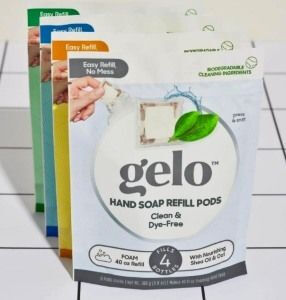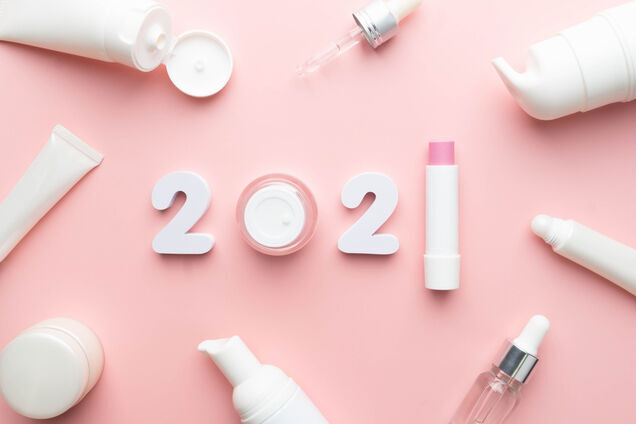Sales in the American beauty and cosmetics sector have gone up by 125% as compared to pre-Covid levels thanks to Gen Z in particular
The cosmetics sector is the preferred market for companies that want to sell to young consumers in the United States
While the consumers of Generation Z saved less than older Americans, they are also those who spent the most during the American economic recovery in 2021.
According to the American Express administration, this is due to a repressed demand that affected not only the travel and tourism sector, but also ordinary consumer goods in general.
In particular, the “Taking Stock With Teens” study, conducted by Piper Sandler, reports that consumers who wear make-up on a daily basis increased from 22% in fall 2020 to 33% in fall 2021. It is, therefore, possible to take advantage of this upward trend to offer one’s products to the American public.
Below are some figures taken from the Piper Sandler study in order to best place the current trend in the sale of cosmetic products within the United States and come up with effective business strategies:
- 74% of Gen Z Americans prefer to purchase beauty products in retail shops; 15% choose large scale retail outlets; 4% use only e-commerce.
- TikTok is the most influential social network when it comes to shaping the preferences of young American consumers.
- 82% of female teenagers in the United States use influencers as a source for discovering brands and beauty trends. In second place is word of mouth among friends (66%) and in third place the brands themselves (36%).
- Gen Z’s purchasing decisions are influenced by the product’s environmental impact more than half of the time.
- The most common payment method among Gen Z is cash (85%). [This could be due to the fact that 35% of American teenagers do no have a traditional bank account: most likely they too will begin using electronic payment methods as they get older].
- The skincare market has experienced a 10% decline as compared to 2020 (perhaps due to the reduction in the use of face masks).
When selling cosmetic products in the American market, Gen Z represents a target that is quite distinct from all of the others
To win over the youngest American consumers, European cosmetics companies in the United States cannot rely on the same strategy that they use with adult demographic groups.
In fact, Generation Z prefers the in-person purchasing experience, not because it lacks the skills to take advantage of e-commerce, but rather because it is made up of sentient consumers who focus not only price, but also on value, their own health, and the well-being of our endangered planet.
Shopping in physical stores within the United States has become a sort of retail therapy for this generation, without taking anything away from influencers who continue to play a crucial role in the promotion and purchase of cosmetic products in the United States.
In conclusion, to win over Gen Z, make-up brands in America must work hard, always making structured and tailored communication a priority, without neglecting all of the other elements that influence this group’s purchasing decisions.

 (+1) 718-5225575
(+1) 718-5225575


